5 Best Kitchen Chimneys
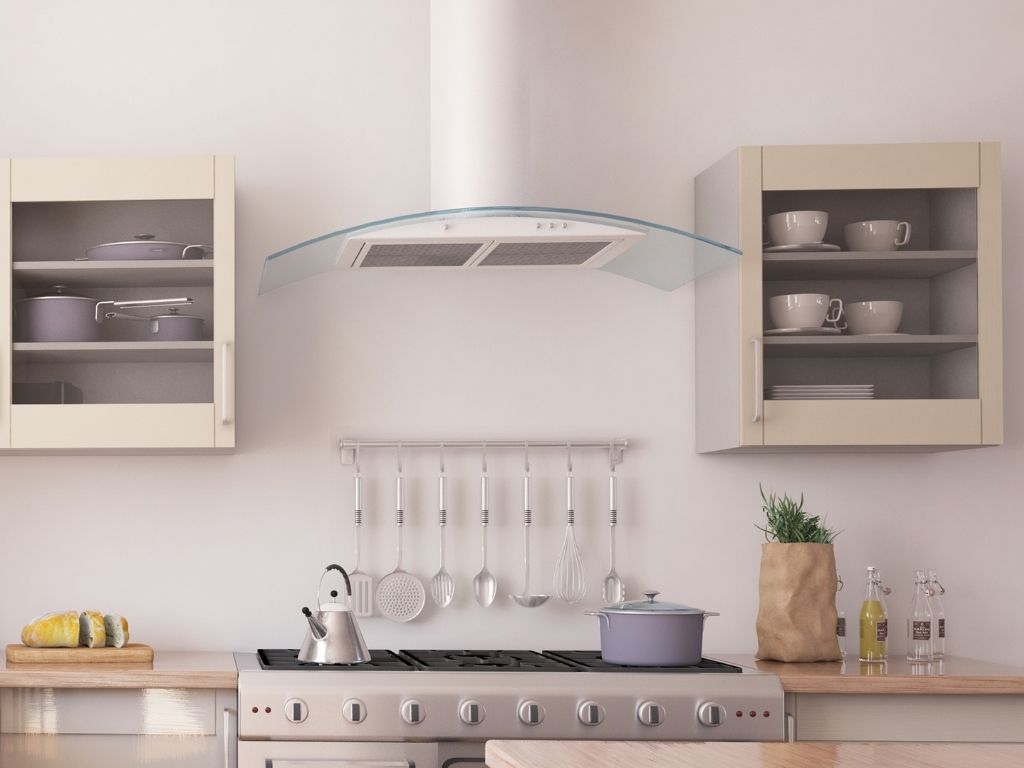
 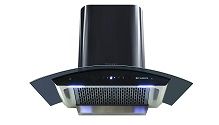 Faber
90 cm 1200 m³/hr Auto-Clean curved glass Kitchen
Check Price
|
 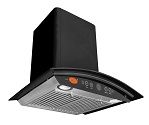 Surya
TD-1400 M3 Auto Clean Kitchen Chimney
Check Price
|
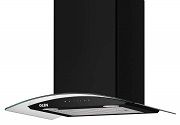 Glen
90 cm 1200 m3/h Heat Auto Clean Chimney
Check Price
|
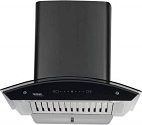 Hindware
Cleo Plus 60 Auto Clean Wall Mounted Chimney
Check Price
|
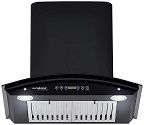 Eurodomo
60 cm 1200 m³/hr Auto-Clean curved glass Kitchen Chimney
Check Price
|
|
Bottom Line |
This filterless chimney is a step ahead of technology with features like auto-clean, powerful suction, premium looks, and LED lamps. No physical contact is required to operate it as it works on gesture control technology. |
The product provides extensive features at a minimal price. The hand sensor on the chimney requires no touch and works with only a wave of your hand. The three-speed motor of the chimney sucks all the unwanted air out. |
This kitchen chimney by Glen is the best investment if you are looking for a good chimney is a reasonable price. It has a suction capacity of 1200m3/hr and works excellently while frying or grilling. |
Hindware Cleo Plus is suitable for 2-4 burners. It improves the kitchen environment by sucking out the harmful gases. The Auto-clean technology cleans the chambers automatically reducing your work. The chimney is ideal for kitchen odour. |
The kitchen chimney has a strong baffle filter that filters oil, smoke, and dust particles. A button touch auto-cleaning technology that cleans your kitchen chimney automatically. |
|---|---|---|---|---|---|
Pros |
The Faber 90 cm chimney has a powerful motor with a 1200 m3/hour suction capacity making it perfect for big kitchens. The auto-clean features remove oil particles and keep your kitchen smoke-free. The gesture control is the best feature till now. |
The chimney comes with an Auto-clean technology and a heating pad that cleans the chimney with just a press of a button. The Surya kitchen chimney comes with a hand sensor technology and a suction power of 1400 m3. |
The Glen Kitchen Chimney has a curved glass which gives a classy look. The filter of the chimney has baffles. The chimney has sensor controls with Auto Clean technology. You don’t have to worry about cleaning its filters. |
The Hindware Chimney comes with an Auto Clean chimney and a metal oil collector cup. Its suction capacity is suitable for deep frying. It has a one-touch control panel for convenient operation. It keeps harmful gases away. |
The kitchen chimney has a 1200 m3/hr suction capacity that keeps the smoke out of your kitchen. It has a separate oil collector making it ideal for kitchens where deep-frying is performed regularly. The touch control panel and glass panel gives it a classy look. |
Cons |
A lot of people complain of this Faber chimney to be noisy after some time. The high suction speed creates a lot of unwanted noise. Also, the chimney is a bit expensive for regular people. |
The installation charges are additional and not in the estimated price. Many people complain about the noise it creates. Thet ouch screen has also complained of not working correctly. |
The installation of the chimney is not free of cost. Many people complain of issues in the touch-screen feature. |
The installation of the chimney costs extra charges. Some customers also complain that the noise its filter creates is disturbing. |
The company charges extra installation charges from the customers. Many people complain about poor service and noise. |
love to read.
Best Kitchen Chimney
We understand the many thoughts and features of a kitchen chimney might be confusing you. Well, if you are someone who has zero or no knowledge about chimney and its functioning, then don’t worry! We have covered all the information that you’ll need before investing in the best kitchen chimney.
What is a kitchen chimney?
A kitchen chimney sucks the smoke and passes it through a filter. The filter then clears the air by trapping oil/grease particles and gives it to the charcoal filter. This filter then absorbs the smoke and odours. In exchange, pure and clean air is circulated inside.
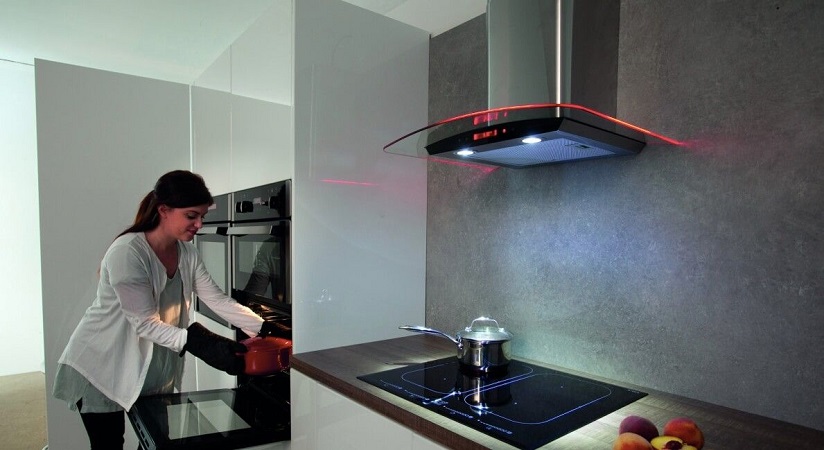
Types of Chimneys
The first thing that you’ll need to know before buying is the types of kitchen chimneys available. There are mainly two types of vents commonly used in India. The classification of chimneys, in this case, is done based on their installation method.
Duct Chimney
The ducting chimney is the one that works in a way that it sucks the air in from the kitchen and passes it through the filter. The filters absorb the grease or oil and release air outside through the PVC outlet. These chimneys are highly efficient.
This type of chimneys is commonly used in homes these days and also in commercial kitchens. You will have to get this chimney installed from the engineers of the brand. They cost more, but are easy to maintain. These chimneys use more efficient filters and have more extraordinary suction powers.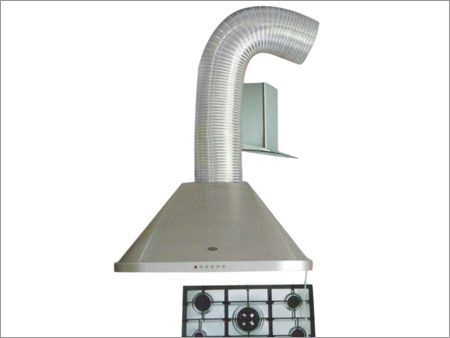
Ductless Chimney
A ductless chimney is more straightforward in design and works well for smaller kitchens. These chimneys work using a motor and a fan/ blower.
The chimney absorbs the air. This absorbed air is then passed to the charcoal filters, which absorb heat, smoke, and odour.
Clean air is then released in the kitchen in exchange. These are easier to install and can be used anywhere. However, the fan and motor create a lot of noise.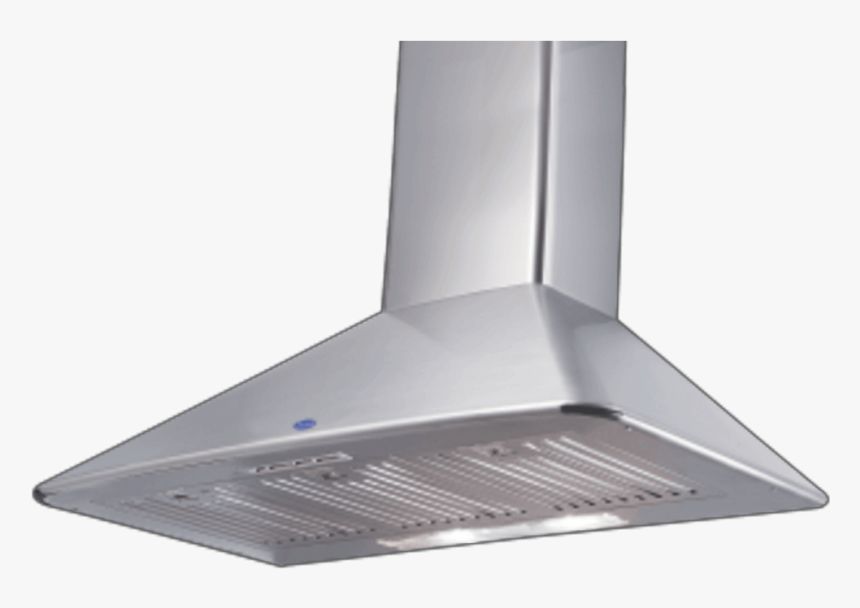
Also, one needs to change the filters frequently. These chimneys use charcoal filters, and they cost less than the ducting chimney.
Types of Kitchen Chimney Filters
Now, that you know the two different types of installations available in kitchen chimneys, it is time we understand more about the second essential feature of the kitchen chimney. Kitchen Chimney Filters play the most crucial role in determining the efficiency of the chimney.
Many companies offer many models of kitchen chimneys with different types of filters. Here, we are going to discuss some commonly used filters.
Mesh Filters
As the name suggests, this type of filter is formed in a mesh-like pattern with tiny holes. These holes trap the solid particles like oil and grease inside. The smoke that escapes out is clean and filtered.
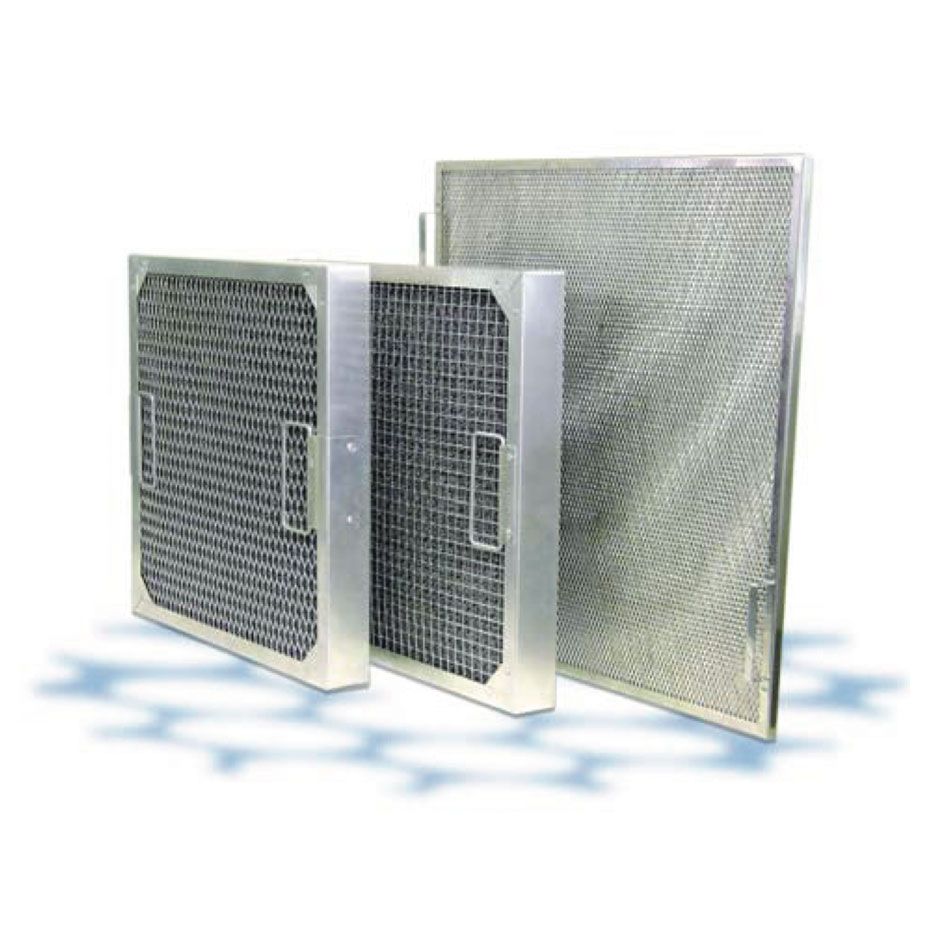
However, as these solid particles acquire over the mesh filter, the suction power of the kitchen chimney starts reducing. These filters need regular cleaning.
Baffle filters
Baffle filters are a relatively new technology. These filters are more efficient than the mesh filters. They have multiple curved layer structures. These filters are generally made of aluminium or steel. These filters are apt for Indian kitchens.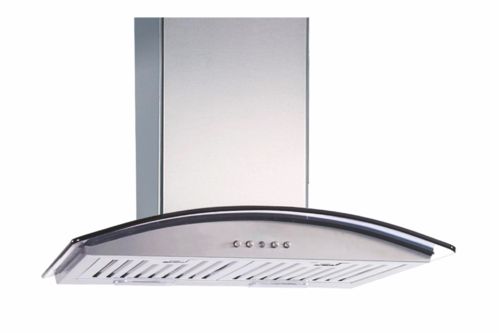
These filters separate the oil from the smoke. In these filters, the suction power of the kitchen chimney is not reduced. It needs lower maintenance (2-3 months) than mesh filters.
Carbon Filters
The third type of filters used in kitchen chimneys is a Charcoal or carbon filter. This filter comes with granules of charcoal and is used in addition to baffling filters.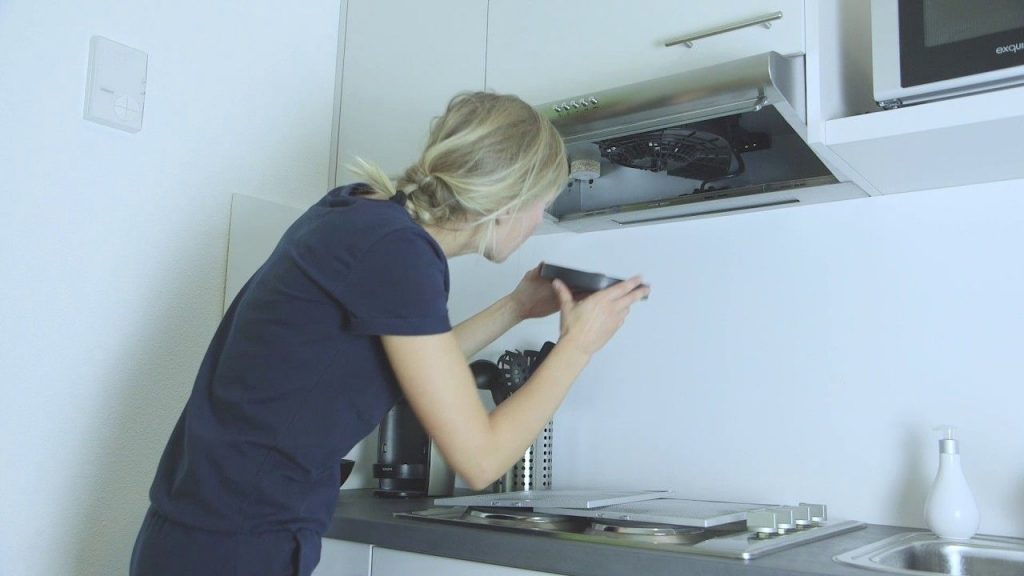
Charcoal filters are, however, no washable and needs replacement in 3-6 months. It depends on the cooking you perform. The holes of the carbon filter absorb oil and smoke particles.
Kitchen Chimney Features
Size of the kitchen chimney
Your kitchen chimneys purpose is to absorb all the heat from your stove, so it isn’t diverted to other rooms. While buying a kitchen chimney, you’ll need to calculate the size of your stove. Most kitchen chimneys come in the size of 60 cm and 90 cm.
If you have a 2-4 stove, then 60 cm chimney would be sufficient. For a 3-5 stove, you’ll need to buy a 90 cm kitchen chimney. Also, there is no harm in buying a bigger stove size chimney, but it will consume more power.
The suction power of the chimney
The second essential feature of buying the best kitchen chimney is its suction power. The suction power of the chimney would directly depend upon the size of your kitchen.
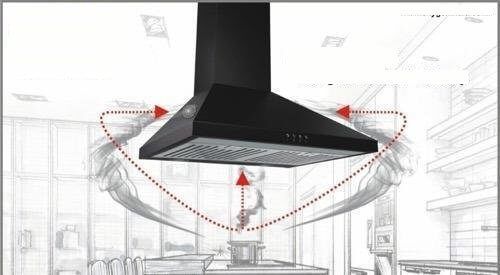
The minimum suction power of the chimney should be 700 m3/hr. It can go higher till 1200 m3/hr. A kitchen chimney with more suction power is beneficial but might produce more noise.
Noise Level
If you have already used a kitchen chimney, you know the amount of noise kitchen chimneys make. The amount of noise depends upon its speed, fan/motor, and suction power. As the speed of chimney is increased, the noise increases.
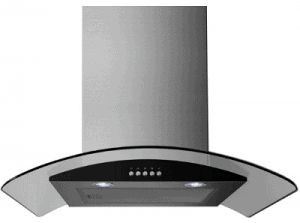
Auto-clean feature
Auto clean chimneys are the latest technology chimneys. These chimneys clean themselves with a press of a button, saving your time of changing and cleaning the filters again and again. The kitchen chimneys with auto clean filter require less maintenance. Such chimneys have a separate collector for oil particles. You have to click the auto clean button and wait for your chimney to clear out the waste.
Filterless technology
The latest addition in kitchen chimneys is the introduction of filterless chimneys. These are next-generation auto clean chimneys. As the name suggests, these chimneys do not have a filter. The filterless chimney requires lesser maintenance and provides durability.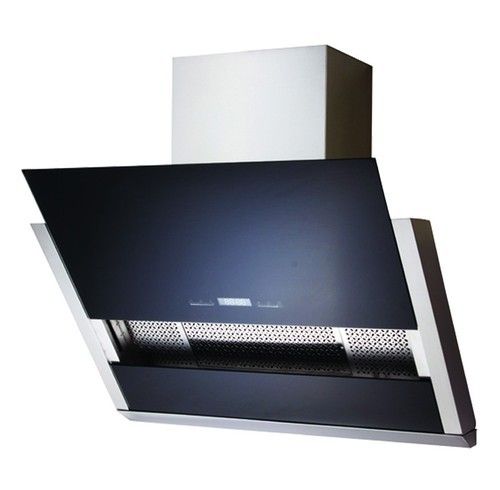
The technology keeps the chimney cleans throughout. All you have to do is clear the oil collectors as it is where the particles are sent.
Advanced Features
With the advancements in technology, kitchen chimneys have started offering the latest features. While investing a whopping amount on the chimney, you’ll like to choose the one with the latest features.
These features include pushbuttons, LED indicators, a separate oil collector to improve performance, and auto heat sensor. More features include smart sensing technology where the chimney understands your hand gestures.
Type of kitchen chimneys Structures
Different chimneys come in various structures. Let us first learn about the other chimney hoods.
Corner Chimney
Corner chimneys are advanced chimneys. These are retractable chimneys. They stay in a corner and can be drawn over the stove while using and sent back with a push of a button.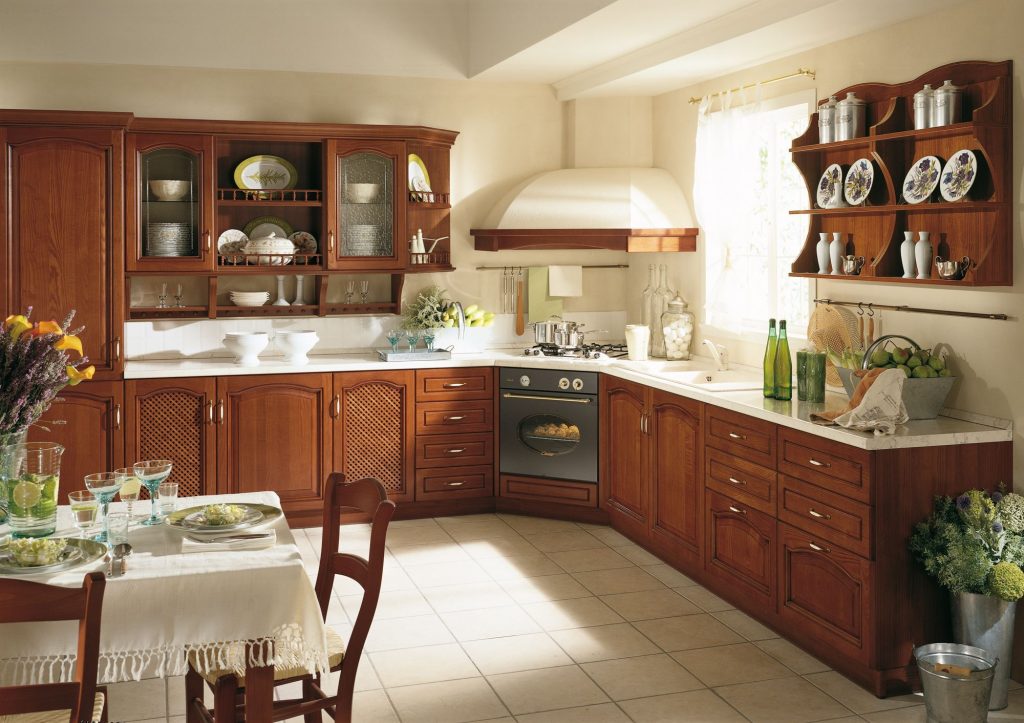
Wall Mounted Chimney
These are the most commonly used chimneys. They can be fixed into the wall just above the stove. You can choose from a wide range of wall mount chimneys.
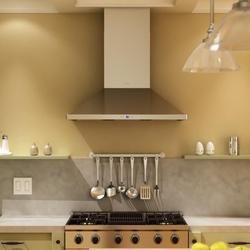
Island chimney
An island chimney is similar to the wall-mounted chimney, but it hangs with the ceiling. These chimneys stay at the top of the stove and work well for the counter-top cooking ranges in western style design.
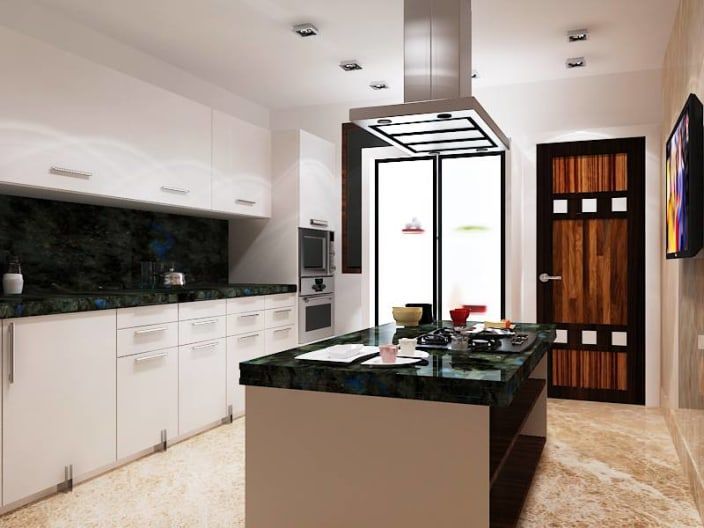
Designs of kitchen chimneys
Most people think the design of the chimney has nothing to do with its efficiency. However, this factor helps you decide which chimney will work best for your kitchen. You can choose from several designs. Some standard designs of kitchen chimneys are:
Curved glass chimney
The most popular design of chimneys used in India. These chimneys look classy and make minimal noise. They have separate units for indoor and outdoor. No matter what the size of the kitchen is, these design chimneys work well.
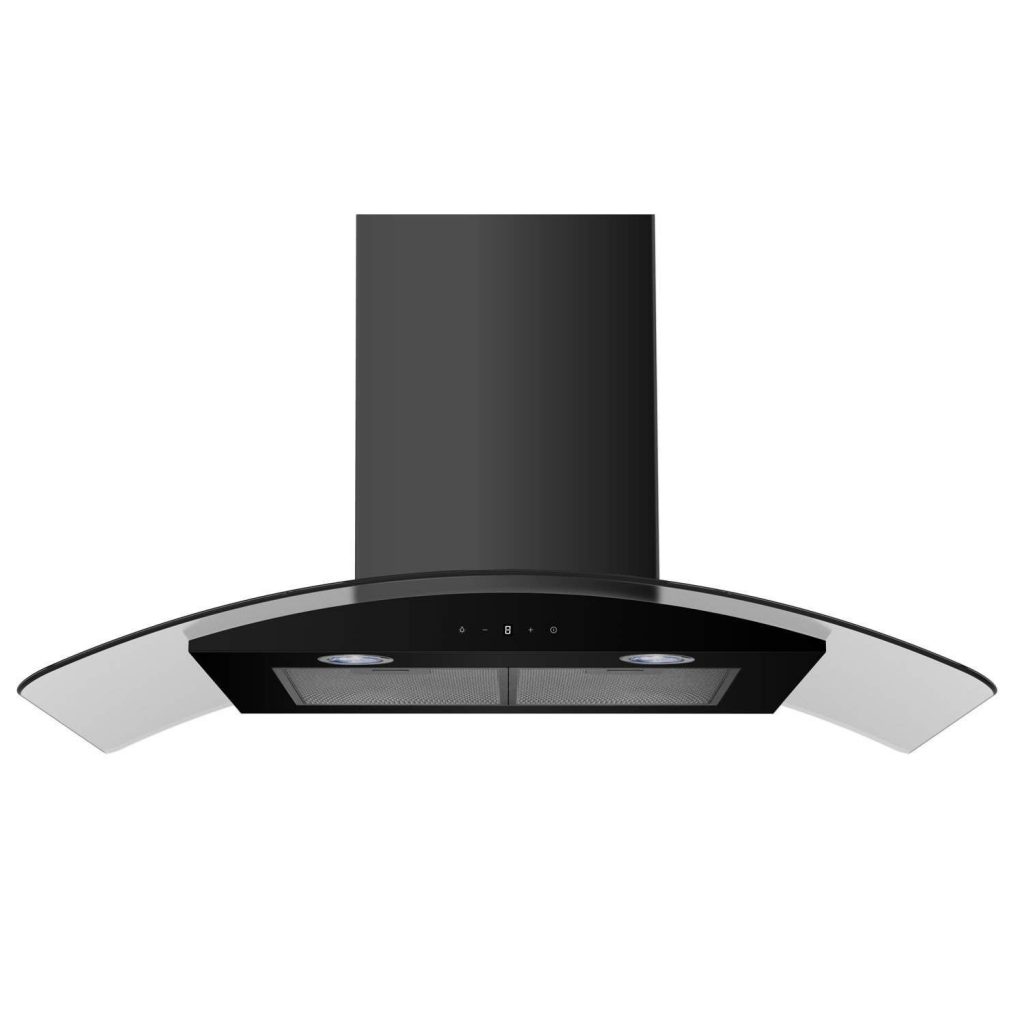
Angular chimneys
Angular chimneys look highly elegant and stylish. It is best for Indian kitchens as it serves the oil and smoke issues well. It enhances the interiors of your kitchen.
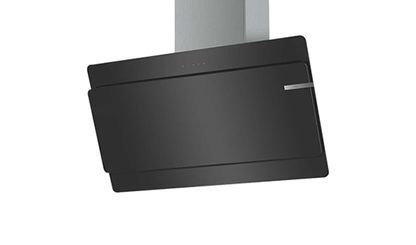
If you do a lot of frying in your kitchen, then these chimneys have an excellent suction power with high efficiency.
Box-type chimneys
Box type chimneys use high-quality glass and steel. The LED lights over the panel provide efficient illumination—an elegant choice for your kitchen, and dirt resistant.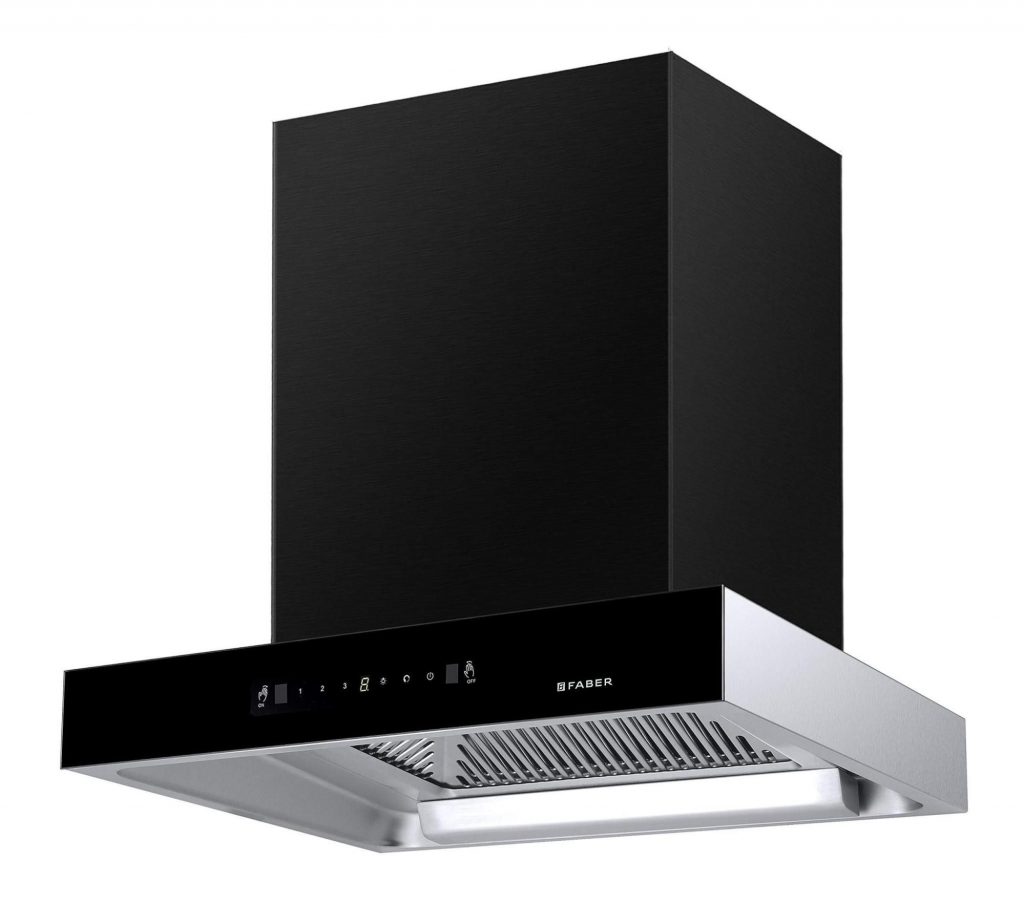
Pyramid Chimneys
Pyramid chimneys are made with baffle filters. These chimneys require less power consumption and maintenance. If you feel the charges of electricity are high in your area, then this design is best for your kitchen.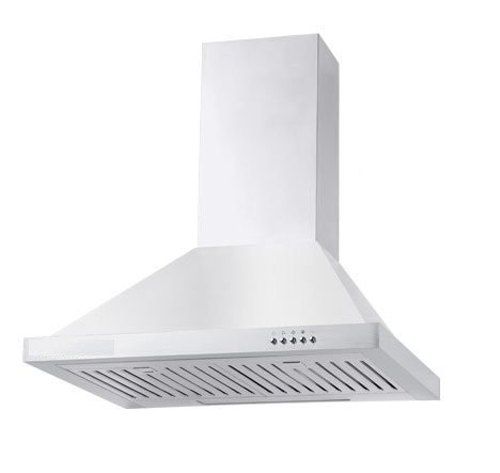
FAQs
Do chimneys harm health?
No, chimneys are very important for healthy living. It is a good practice to use chimneys in the kitchen as they absorb some gases and eliminate them. The pollution in your house is reduced.
Why does my chimney make noise?
Generally, it is seen that most kitchen chimneys start producing noise after some time. This happens mainly because of two reasons, either the fan/motor has some issues, or a lot of oil and grease has been collected in the tank. It is essential to maintain the chimney properly. You should get regular service and do regular cleaning to avoid such issues.
How should I clean the filters of my chimney?
Cleaning of filters of a kitchen chimney is a time-consuming, but necessary process. The more you’ll maintain the chimney filters, the better it will work. You can simply remove the filters and put them in hot water for some time. You may add baking soda or vinegar to the water. Let it rest for 10-15 minutes. Now, wash thoroughly, and all the particles will come out quickly. Let it dry for some time, and then fit it back in the kitchen chimney.
Which chimney should I buy: Auto-clean or manual clean?
Regular cleaning of the filters is a time-consuming task. Because of many complaints of cleaning the filters now and then, kitchen chimneys with auto-clean features were designed.
Auto Clean chimneys come with an oil collector and require very little maintenance. You can simply press the auto clean button, and your chimney will be clean.
Manual chimneys need a lot of maintenance and cleaning by the user. However, manual chimneys are more durable than auto clean ones for those who do not cook much oily food. It won’t require regular cleaning of filters and will save your time and effort.
What should be the accurate distance between stove and chimney?
If you are going to get the chimney installed for the first time, it is the first thought that hits your mind. The right distance will allow the kitchen chimney to work efficiently. We suggest you keep the stove and hob at a minimum length of 25-30 inches. Space plays a crucial role. The person who will come to install your kitchen chimney will place it accurately.
Overall Outlook
Kitchen chimney is no more an option, but a necessity of every household. Even if your kitchen is small and well-ventilated, yet a kitchen chimney will be needed to remove smoke and gases.
After enquiring the different features of many kitchen chimneys, we have concluded the five best kitchen chimneys for you. However, if we had to choose two kitchen chimneys according to the following factors, here are our suggestions.
ReviewRoller Editorial team researches hundreds of products based on features, quality and consumer feedback / ratings. From these, we shortlist the products for detailed analysis and testing before finalising our top picks. Below are the products we checked which didn’t make it to our Top 5.